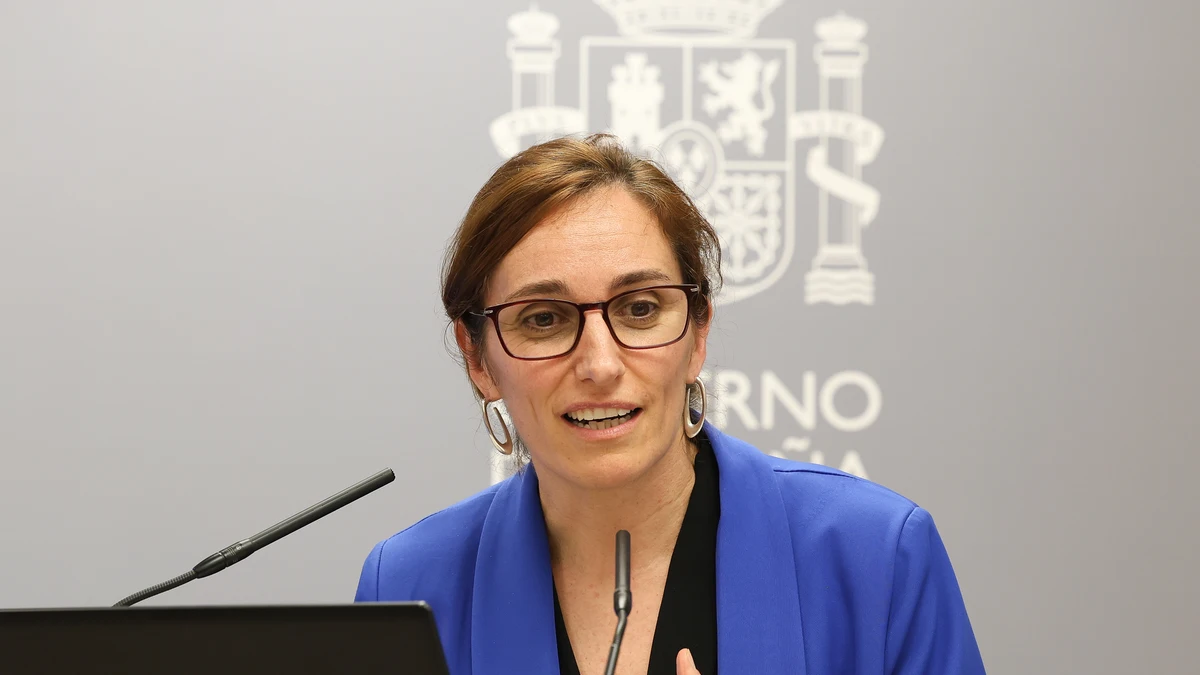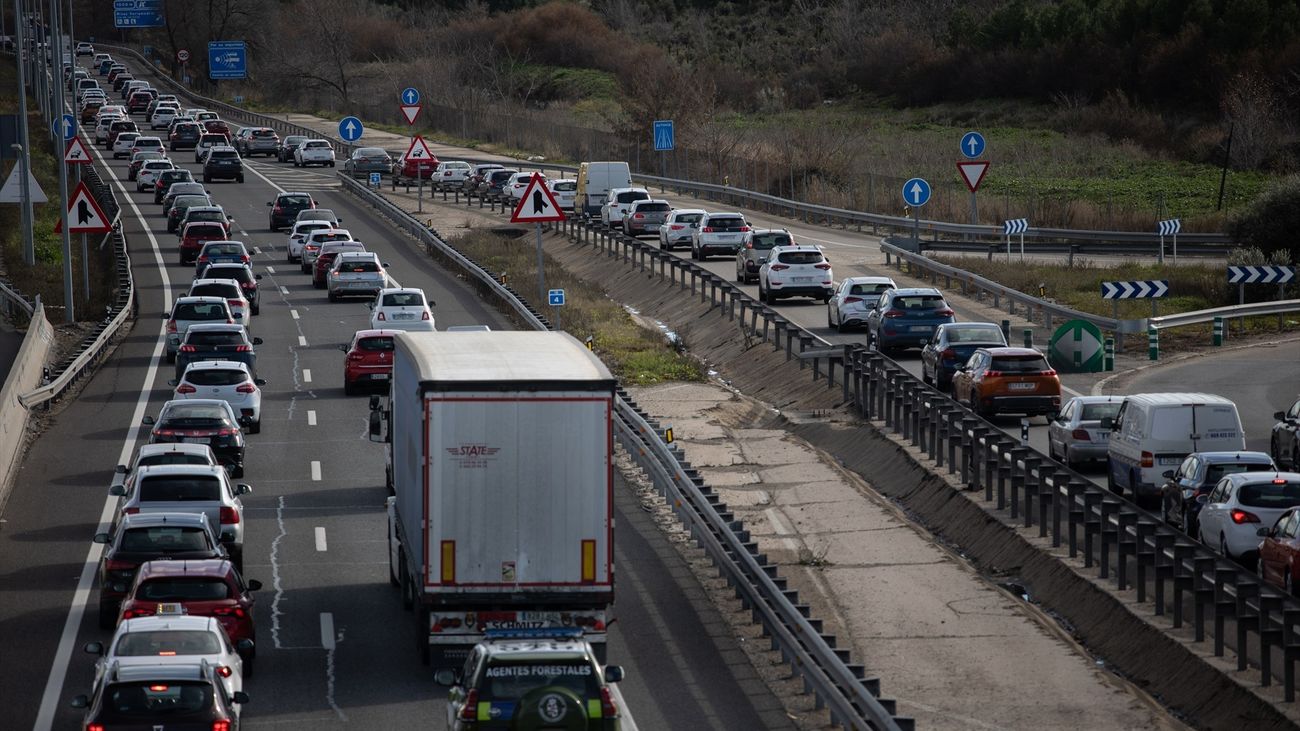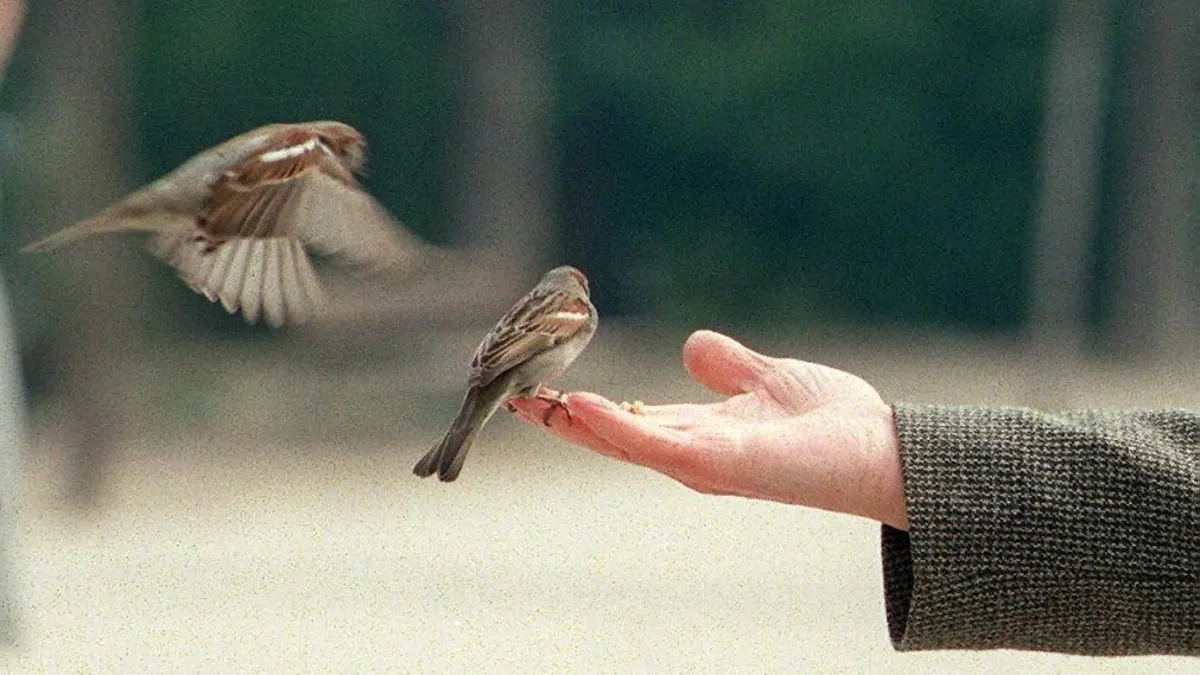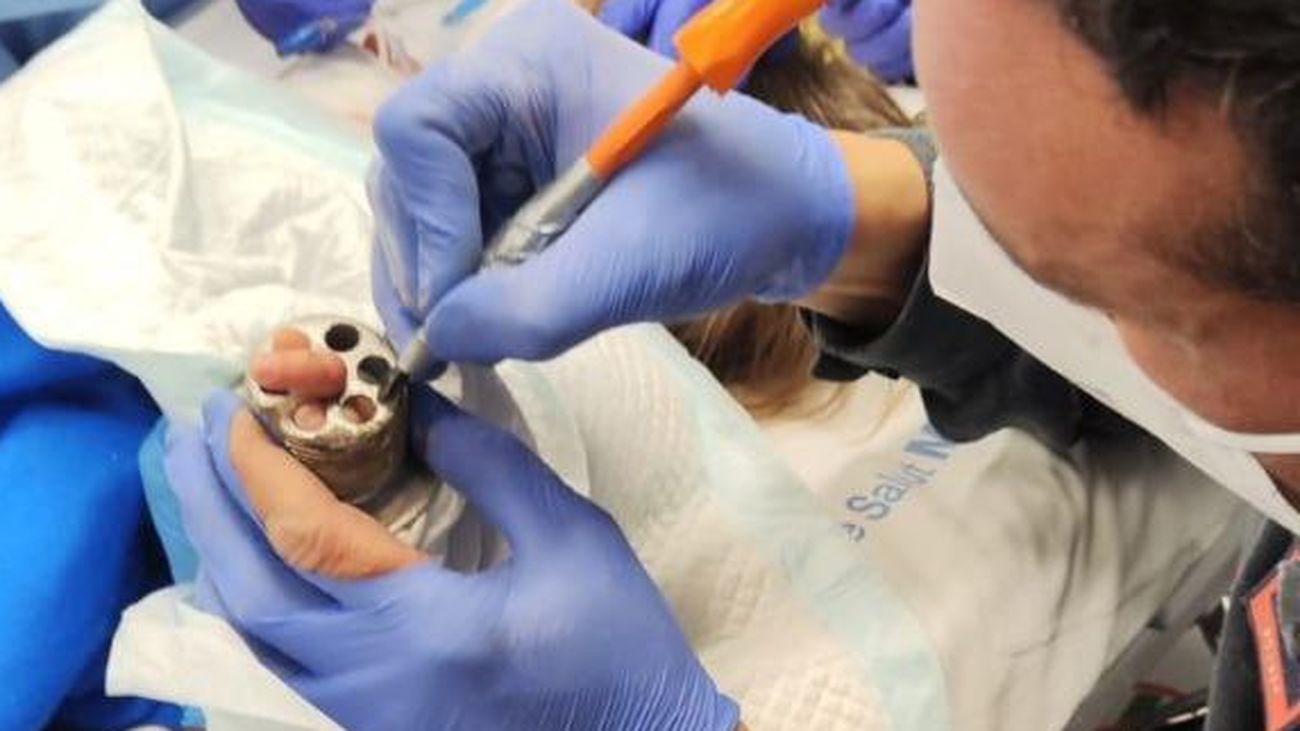The number of abstemious adolescents grows | Society


The consumption of alcohol in Europe is declining. Not only do teenagers drink less now than in the last decade, but more and more do not drink a drop. This is what the last study of the World Health Organization (WHO) on adolescent behaviors associated with alcohol, published last month. The changes are more noticeable in northern European countries, while the countries of the center-east and the Mediterranean coast lead youth consumption. In Spain the data are scarce and do not draw a clear trend, but point in any case to a null or very slight increase in young abstainers.
The WHO report, which collects general data on adolescent and juvenile consumption in European countries from 2002 to 2014, does not give specific figures to the number of abstainers but does state that "many countries have seen a recent decrease in alcohol consumption in parallel to an increase in the number of adolescents who refrain from taking it. " This trend is not associated with an increase in the consumption of other psychoactive drugs, such as cannabis. According to the document, the change in Europe can be attributed to several factors, including restrictions on the sale of liquor and greater understanding among young people of the consequences of their consumption.
"Fewer drinkers are detected among many different social groups, which suggests that alcohol withdrawal may be catching on among young people," says epidemiologist Linda Ng of University College London (United Kingdom). According to University of St Andrews (UK) researcher Jo Inchley, lead author of the WHO study, "the reductions in harmful intakes have been greatest in countries that have traditionally had the highest prevalence, such as Great Britain and the region Nordic ". Across the continent, more boys than girls have stopped drinking, although they are still more drinkers than them. Only in northern Europe has the gender gap in youth alcohol consumption been closing.
A new data analysis collected in the Annual Survey of Health of England, published by Linda Ng and two colleagues, endorses the conclusions of the WHO, noting an increase in the number of young English (16-24 years) who do not drink alcohol, 18% in 2005 to 29% in 2015. In Spain, the proportion of adolescents (14-18 years old) abstainers in 2006 was 20.4%, and in 2016, 23.1%. The data is from the last Survey, that the Delegation of the Government for the National Plan on Drugs makes about 30,000 students of secondary education every two years since 1994. The Government's survey shows a slight total increase in the number of abstainers in the last 10 years and in the last 20 years. However, several experts point out that fluctuations in the intermediate periods make reading difficult, and do not point to a significant increase in line with the European trend.
"Although there is a slight rebound in the last survey, I think that the consumption it is being quite stable, "says Eulalia Alemany, technical director of the Foundation for Aid against Drug Addiction (FAD). "Since 1994 [un 84,4% de adolescentes bebían] until 2016 [76,9%] yes, total consumption has dropped a few points, but we can not say that it is now going down significantly, "he adds.
"What is changing is the pattern of consumption ", says the psychologist Ángel Turbi, director of the master's degree in Education and Rehabilitation of Addictive Behaviors of the Catholic University of Valencia. "The pattern is of binge drinking (binge) and therefore much more problematic, "he explains. The last two Estudes surveys also point out, for the first time, that Spanish adolescents exceed teenagers' alcohol and tobacco consumption. Curiously, the WHO study found a general decrease in the frequency of drunkenness except among girls from the southern European region, composed of the Mediterranean countries.
Sources of the National Plan on Drugs affirm, nevertheless, that the number of abstainers does increase among the youngest ones (students of 14 and 15 years). The same sources note that the possible "rebound" of abstainers from the last survey seems to coincide with a greater extension of the perception of risk associated with alcohol consumption. Among adolescents who do not drink, there is less parental permissiveness: 92.4% of abstainers admit that their family would not allow the consumption of alcoholic beverages, compared to 53.5% of adolescents who do drink.
Darío (fictitious name), a 17-year-old teetotaler from the province of Toledo, estimates that "half or so" of his friends and acquaintances of his age drink. He rejects alcohol because he does not consider it "necessary right now to have a good time". Although he has high school friends who do drink alcohol, he prefers to go out with his non-drinking friends to walk and play Pokémon GO or eat something when other classmates leave the bottle. "I do not usually leave like this [con amigos que van a beber]. If I go out with someone, it's to do things that I like, "he explains.
"Europe is ahead"
Regarding the difference between Spain and the rest of Europe, Turbi considers that "the type of culture and the climate condition". "Here we live on the street, while the leisure hours seen in northern Europe are different," he explains. In addition, Turbi notes that "Europe is ahead" in the legislation of alcohol consumption, especially in relation to the so-called environmental prevention, the set of measures and social attitudes that hinders access to alcohol or dissuades young people from their use.
The expert also points out that in Spain there have been good prevention campaigns against the use of drugs in general, but not so many against alcohol in particular, nor with the "gender approach" to prevent the increase in consumption among adolescent girls. Both he and Alemany agree that the "social tolerance" of the Spanish towards alcohol remains high. Some sources point to the "cult of health" and the growing concern for aesthetics as reasons why young Europeans abandon alcohol; Turbi believes that the healthy perception of abstinence can play an important role, especially among those in their twenties and teenage years.
According to the WHO report, an unknown factor that still requires a lot of research is the relationship between the use of technology and adolescents' alcohol consumption. The complexity of the subject is evident in the conclusions of A study Held in Sweden during the summer. The authors did not find a correlation between the time that adolescents spend at the computer and their probability of being abstainers, but they observed a slight increase in consumption among young people more active on social networks and a greater number of abstainers among videogame players. which suggests that the "use of technology" is not a homogenous factor.










